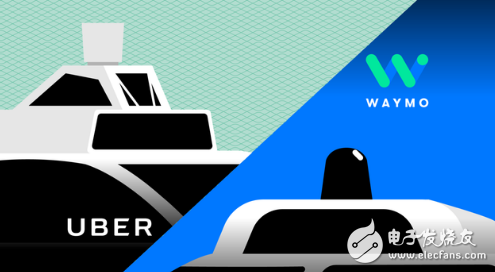On August 29th, Beijing time, the Uber Engineering blog recently published an interesting article. From the content, Uber uses Web-based tools to refine the research data collected by self-driving cars and turn it into visual images. Coincidentally, last week's Atlantic Monthly also published a long article saying that Waymo developed a similar platform.
The article in the Atlantic Monthly is interesting, and it seems to suggest that Google's approach to improving driverless AI is unique. Is that true? No, it seems that every company that studies unmanned vehicles uses a similar approach.
When the test car travels a long distance, the company gets a lot of data. You can combine and match data in a virtual environment, letting AI navigate through the virtual environment, just like navigating in the real world. The computer does not know that there is a difference between the two. At the same time you can adjust the data, observe unconventional events, and compare multiple models.

The Uber article talks about the "visualization" of data. It also details its own tools. The tools are based on the Web, which makes it easier to collaborate and to adjust the direction when developing new features. Web applications now have access to the GPU, communicating in real time, and no longer need a local client for many tasks. Web applications can also be used to display GIF images.
One thing that blog posts didn't talk about is: how does Uber do it by embellishing the environment and highlighting it from the entire background to further magnify the value of the data? For example, how do the system deal with big events like the protests? Is it possible to let the car drive freely during the marathon, so that you can understand how the runners act? Obviously not.
The best way to do this is to take a map of Boston, which is quite good, then close some of the main roads, add a lot of pedestrians and weird drivers to the virtual world, and then let the AI ​​driving agent shuttle through the virtual world. Once a problem arises, you can see how AI reacts to events that have not been experienced in the real world. The whole process is equivalent to a "thinking experiment" that generates useful data to improve AI.
Eelctrical Pvc Accessories,Cable Accessories Fittings,Electrical Pvc Cable Trunking Fittings,Electrical Wire Cable Trunking Accessories
FOSHAN SHUNDE LANGLI HARDWARE ELECTRICAL CO.LTD , https://www.langliplastic.com